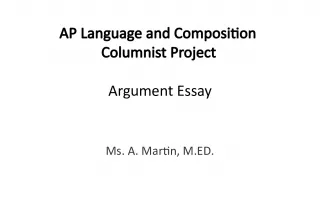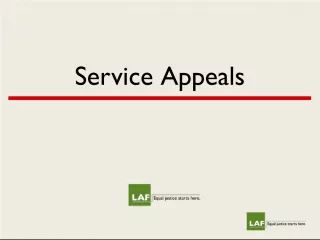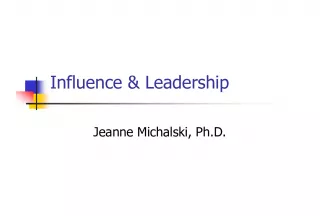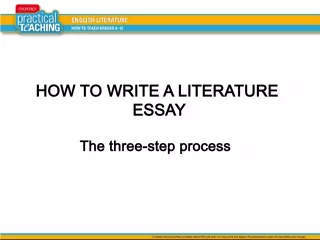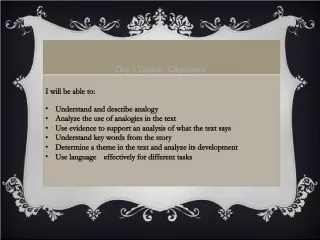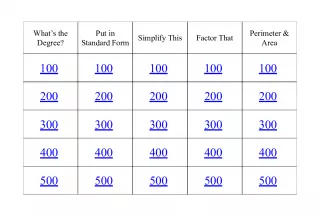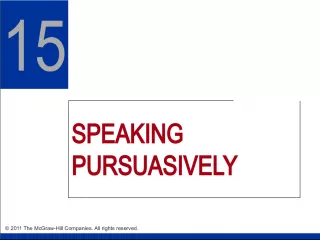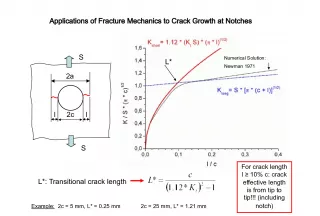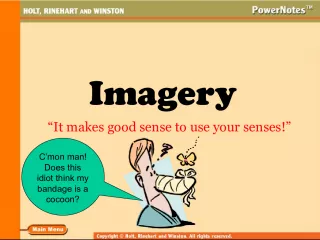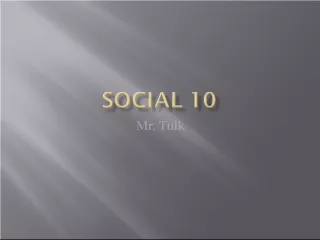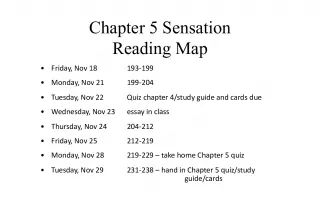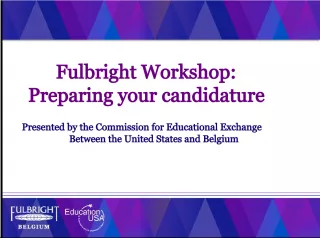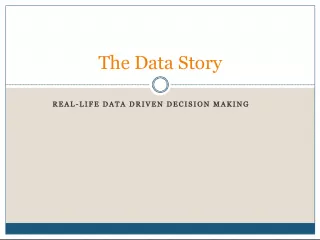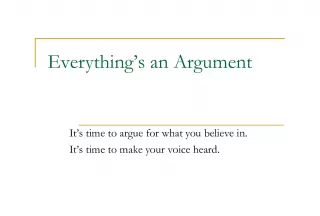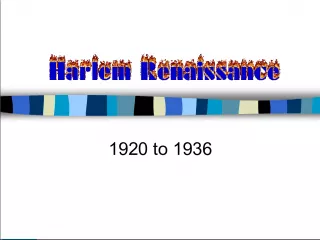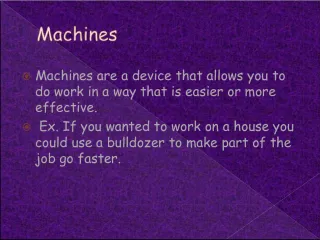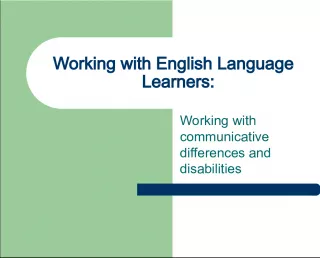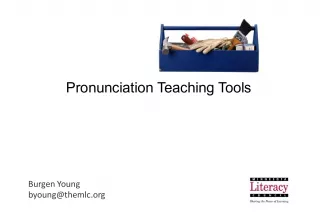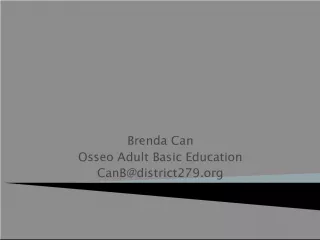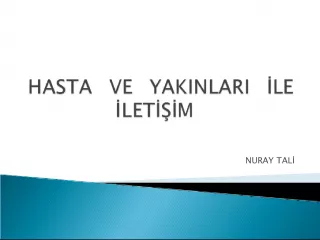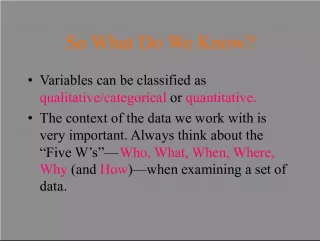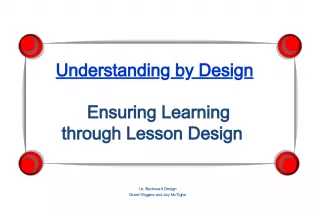Analyzing Rhetorical Appeals for Effective Essays
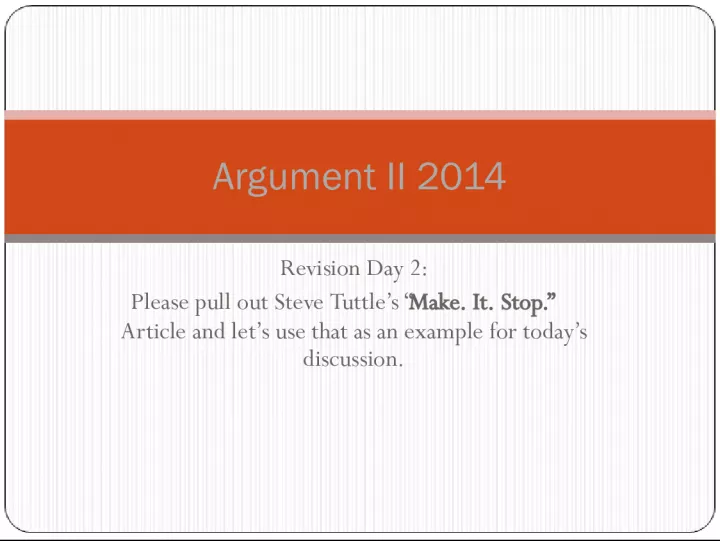

On revision day, we'll examine Steve Tuttle's article "Make It Stop" to discuss how the speaker, audience, and text work together in forming effective arguments. Consider your purpose and the audience's response.
- Uploaded on | 8 Views
-
 rachit
rachit
About Analyzing Rhetorical Appeals for Effective Essays
PowerPoint presentation about 'Analyzing Rhetorical Appeals for Effective Essays'. This presentation describes the topic on On revision day, we'll examine Steve Tuttle's article "Make It Stop" to discuss how the speaker, audience, and text work together in forming effective arguments. Consider your purpose and the audience's response.. The key topics included in this slideshow are . Download this presentation absolutely free.
Presentation Transcript
1. Revision Day 2: Please pull out Steve Tuttles Make. It. Stop. Article and lets use that as an example for todays discussion. Argument II 2014
2. Goal 1: Rhetorical Appeals Have you considered all aspects of this rhetorical situation? Remember your triangle! The Speaker, the Audience and the Text/Argument all play an important role. They must work together perfectly in order for your essay to be effective (or in order for you to achieve your purpose.) So, quick: What is your purpose? What do you want your audience to do/think/feel as a result of reading your essay?
3. Ethos: Have you built credibility? Do your readers trust you? Have you expressed your knowledge and expertise of the topic? Conceding to opposition where appropriate Morally / ethically likeable Appropriate language for audience and subject Appropriate vocabulary Correct grammar Professional format Appearing sincere, fair minded, knowledgeable Which of the following do you already do? Which will you do by Fridays final draft submission?
4. Pathos: What words or passages have I used to evoke an emotional response? Emotionally loaded language Vivid descriptions Emotional examples Anecdotes, testimonies, or narratives about emotional experiences or events Figurative language Emotional tone (humor, sarcasm, disappointment, excitement, etc.) Which of the following do you already do? Which will you do by Fridays final draft submission?
5. Logos: Where in my essay does my audience go Oh, that makes sense!? Have I established a clear, reasonable, and logical progression of my ideas ? Indicated meanings or reasons (because) Definitions Have I addressed opposing arguments or perspectives? Factual data & statistics Quotations Citations from experts & authorities Informed opinions Examples (real life examples) Which of the following do you already do? Which will you do by Fridays final draft submission?
6. Goal 2: Tropes and Schemes. Take a look at Make. It. Stop. Can you spot any of these tropes and schemes? Tropes Allusion Metaphor Oxymoron Personification Rhetorical Question Zeugma Schemes Alliteration Anaphora Antimetabole Antithesis Asyndeton Cumulative Sentence Hortative Sentence Imperative Sentence Inversion Juxtaposition Parallelism Periodic Sentence Polysyndeton
7. Goal 3: If this hasnt been included anywhere else.TONE. Ambivalent: undecided; having both positive and negative feelings towards something Anxious: worried, uneasy Audacious: really bold or daring; shocking Candid: to be honest, open, outspoken Didactic: teaching, instructive Optimistic: to have a positive outlook on life, to think good things will happen Vexed: to be extremely bothered or irritated Zealous: to be eager, passionate, almost obsessed
8. Is your tone supported? What is your tone and how do DIDS contribute to it?

